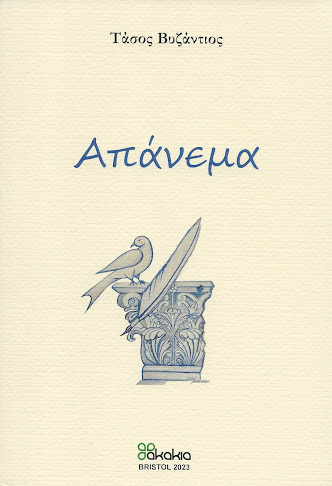skip to main |
skip to sidebar
Κυνήγι ελέφαντα στο Bristol
Οι ιστορικοί έχουν ξεκινήσει
μια έρευνα για να ξετυλίξουν το μυστήριο του διάσημου «Ελέφαντα Kingswood» του
19ου αιώνα στο Bristol.
Το πανίσχυρο ζώο που
θεωρείται ότι ονομάζεται Nancy στις σύγχρονες αναφορές, λέγεται ότι ήταν μέρος
του ταξιδιωτικού θηριοτροφείου του Bostock και του Wombwell, το οποίο έκανε
περιοδεία στη Βρετανία εκείνη την εποχή.
Ο τοπικός θρύλος λέει ότι η
Nancy θάφτηκε κάπου στην περιοχή του Kingswood το 1891 αφού δραπέτευσε και
μάσησε δηλητηριώδη φύλλα από πουρνάρι.
Περίπου 130 χρόνια αργότερα,
αρχαιολόγοι από την Αρχαιολογική Αρχή του Γουέσεξ ανέλαβαν να πραγματοποιήσουν
μια γεωφυσική έρευνα σε μια προσπάθεια να βρουν τον θρυλικό χώρο ταφής.
Ο Tom Richardson, γεωφυσικός εδάφους
του Wessex Water, ανέφερε:
“Searching for Victorian
elephant burials isn’t our usual fare but a grave of that size would leave a
large hole and would certainly be identifiable with the Ground Penetrating
Radar equipment we will be using to survey the site”.
Η ζωοαρχαιολόγος Lorrain Higbee πρόσθεσε:
“This initial
archaeological investigation aims to locate the elephant burial but should we
do so, you may be surprised at what we could learn about the life of this
animal from studying its skeletal remains. In the case of a menagerie elephant,
as well as understanding where the animal came from and its age, we may be able
to see the impact of its life as an entertainer, this may include evidence of
confinement including trauma from shackling the animal or arthritis. It may
also be possible to detect injuries or strains resulting from its performance
duties, such as repetitive movements.”
Το βικτωριανό ζώο λέγεται ότι
είχε αναπαυθεί στην περιοχή του Whitefield's Tabernacle ή
της Εκκλησίας της Αγίας Τριάδας, αν και δεν υπάρχουν ιστορικές πηγές που να αναφέρουν
τον θάνατό του.
Μέχρι τον θάνατό της, η Νάνσυ
συμμετείχε σε μια περιοδεύουσα «παράσταση θηρίων» και θα έμενε για οκτώ ημέρες
στον ανοιχτό χώρο κοντά στο σταθμό Lawrence Hill,
σύμφωνα με μια έκθεση του Bristol Mercury το
1891.
Η έκθεση πρόσθεσε ότι το
τσίρκο είχε έναν ελέφαντα, τέσσερις καμήλες, λιοντάρια και λέαινες, τίγρεις και
καφέ αρκούδες.
Ο ιστορικός του τσίρκου Dr Steve Ward
είπε:
“During the 19th century,
the fascination with the natural world allowed both travelling and static
menageries to flourish and people wanted to experience exotic and strange
animals. Seeing these creatures was seen as educational, indeed the government
actively encouraged families to take their children.”
ΠΗΓΗ: Bristol24/7










































No comments:
Post a Comment